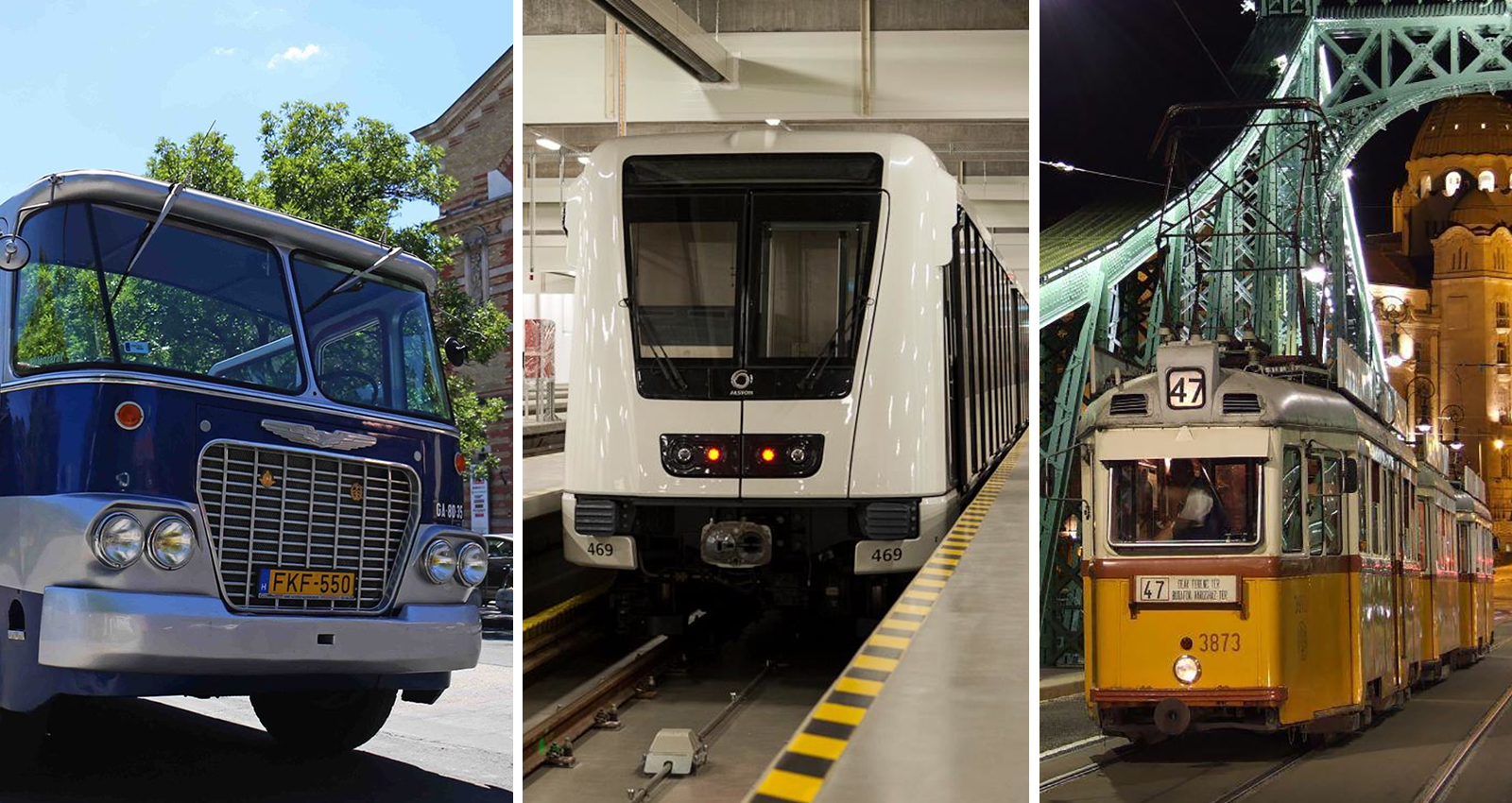Providing some 1.4 billion rides for passengers every year, Budapest’s BKV transit system operates around the clock on the city’s roads, rails, and waterways, its varied vehicles continually organized, maintained, and operated by almost 10,000 employees. The BKV network’s hundreds of lines feature conveyances ranging from eco-friendly electric buses and the M4 metro’s driverless subway cars to well-preserved antique vehicles such as Soviet-era streetcars with wooden seats and a 120-year-old ferryboat, all showcasing the impressive history and ongoing present-day progress of Budapest’s mass-transit mastery.
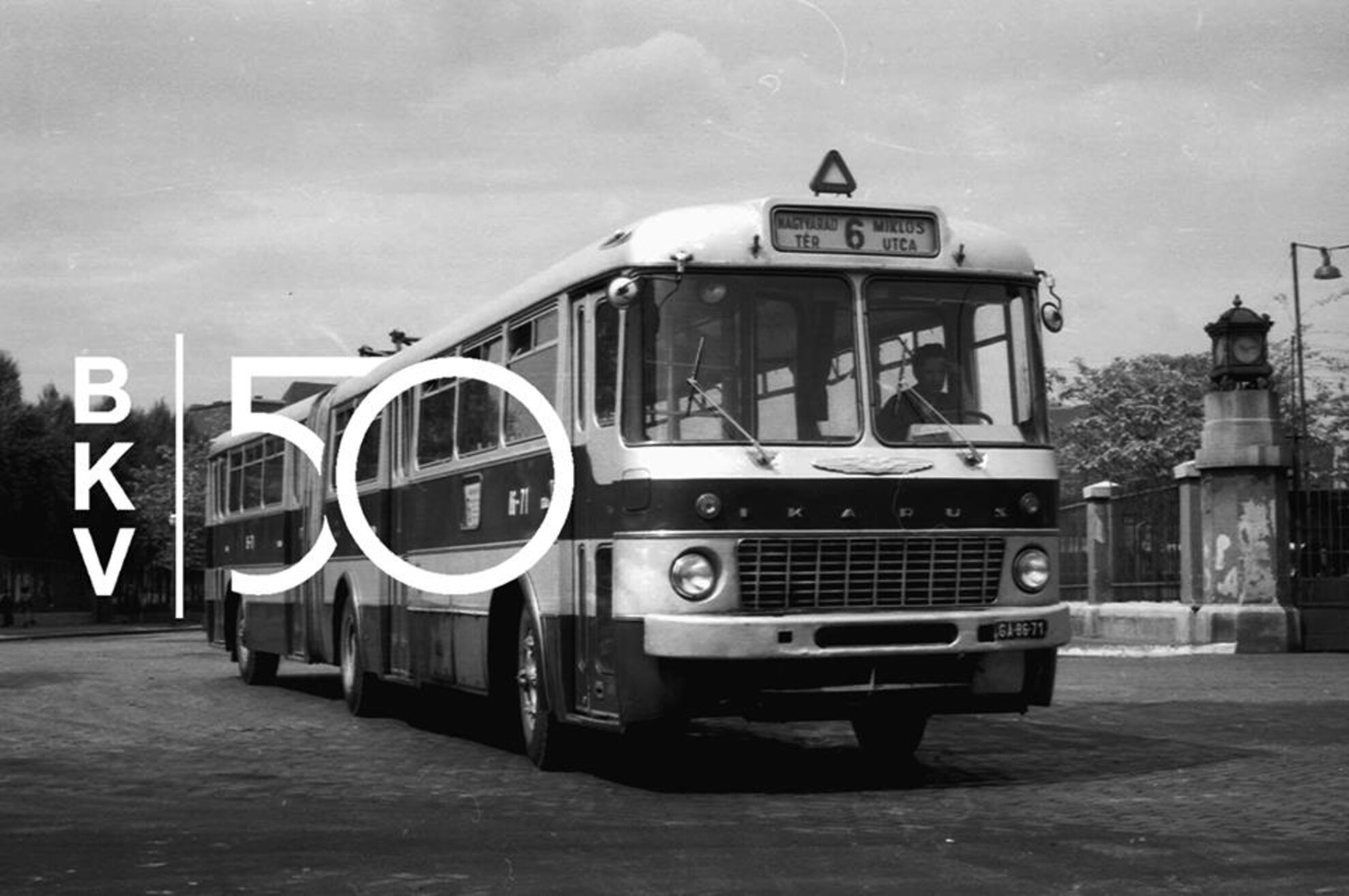
Budapest’s public-transportation services date back to the 19th century, but by the late 1960s the city’s trams, buses, boats, and urban railways were organized by four separate entities, causing chaotic bureaucratic conflicts as the growing municipality attempted to integrate the transit system. To achieve this complex goal, officials established BKV in January of 1968 to oversee and coordinate all of the city’s passenger vehicles so that Budapest residents could easily transfer between them, and thus go about their daily business as efficiently and comfortably as possible.
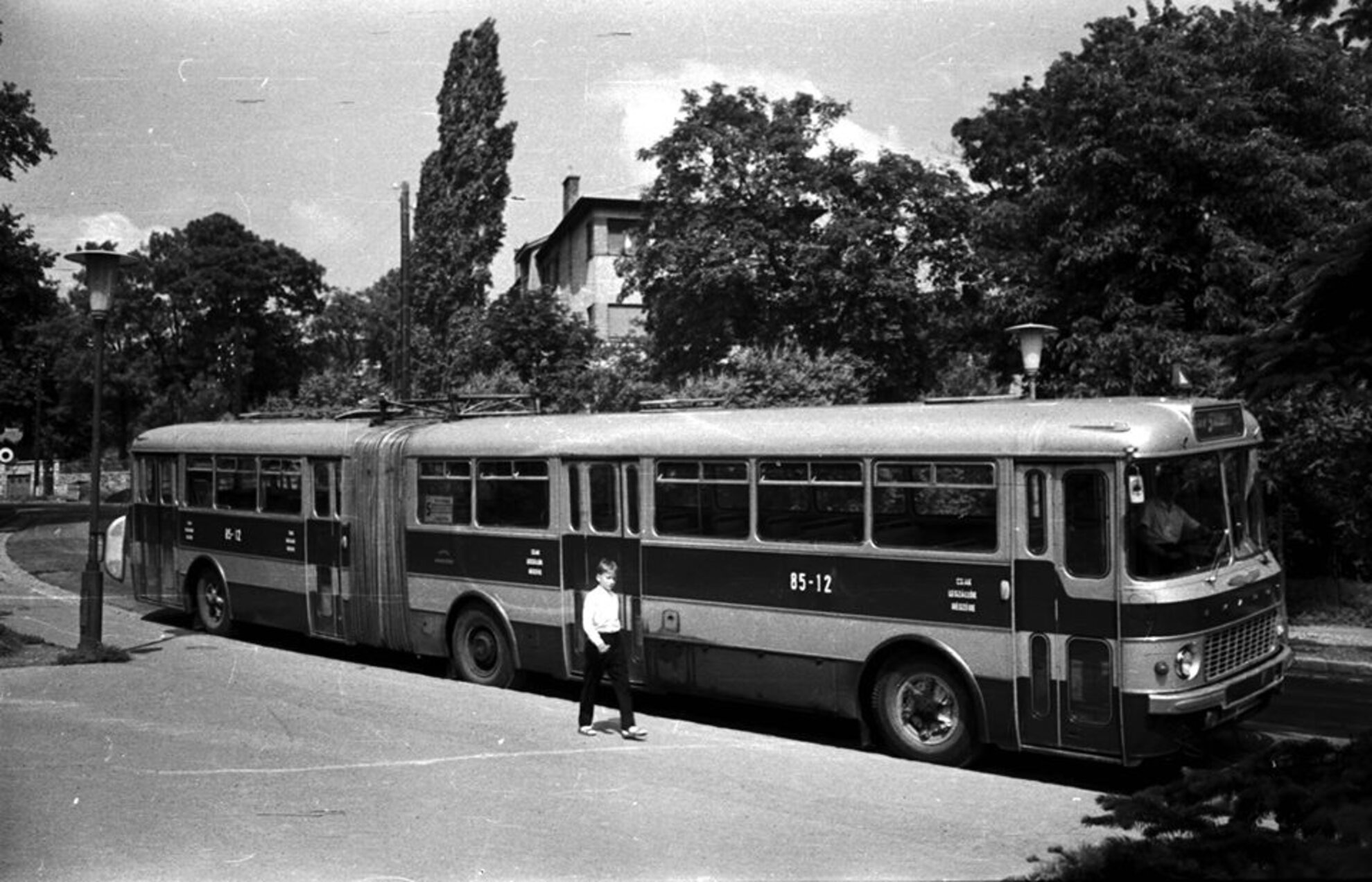
Soon after its inception, BKV had to manage many major projects to further develop Budapest’s mass transit for its two million residents, including the establishment of the M3 metro line during the 1970s (which is currently being upgraded for modern times), and later the construction of the M4 metro line that opened in 2014, along with setting up all of the bus- and tram-transfer junctures for both of these subway routes.
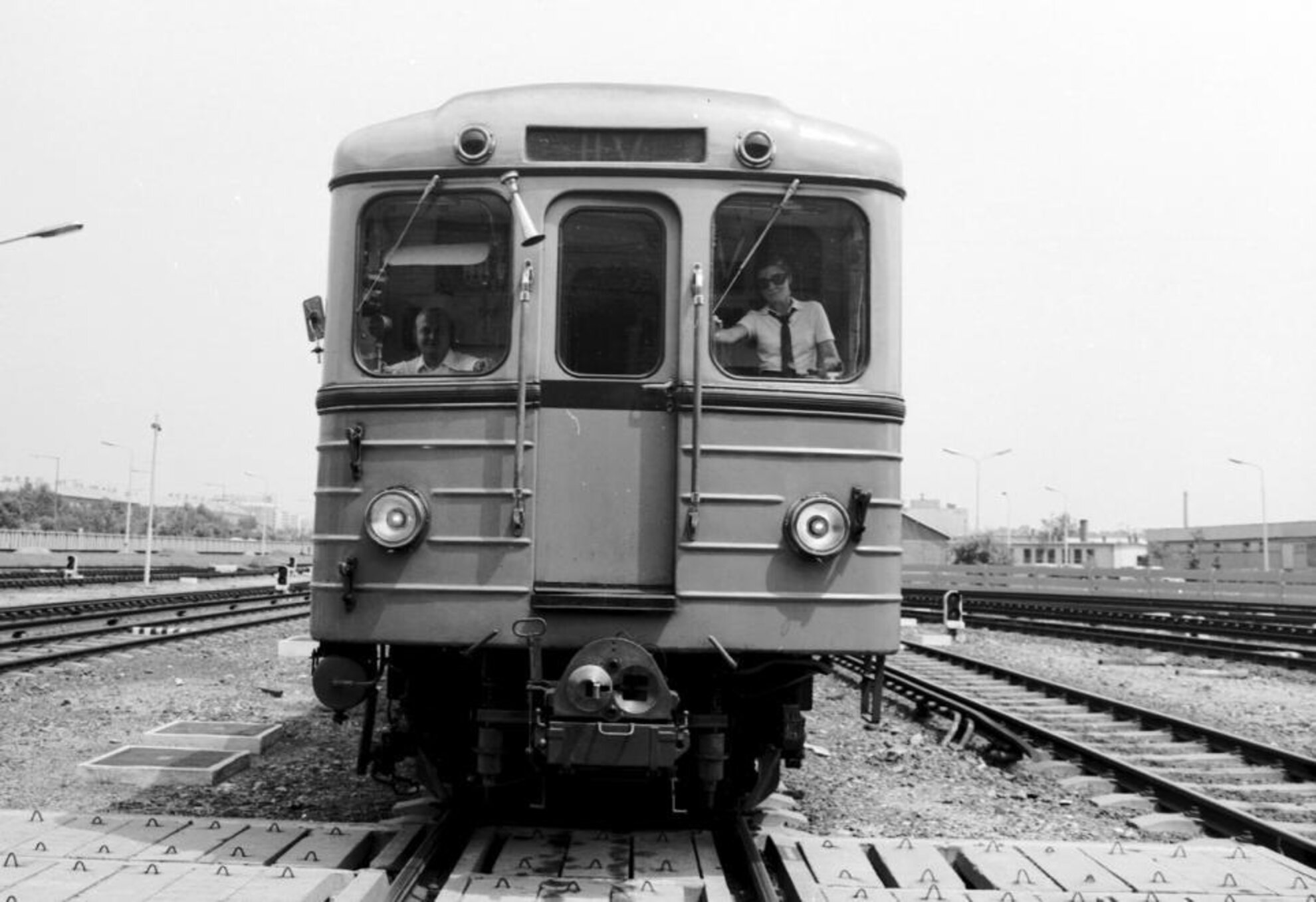
At the outset of its existence, BKV management also instituted the current ticket-control system – which employs an army of inspectors to manually check passengers for passes, either at metro entrances or while riding on random vehicles citywide – which is only now beginning to be replaced with a modern e-ticket system.
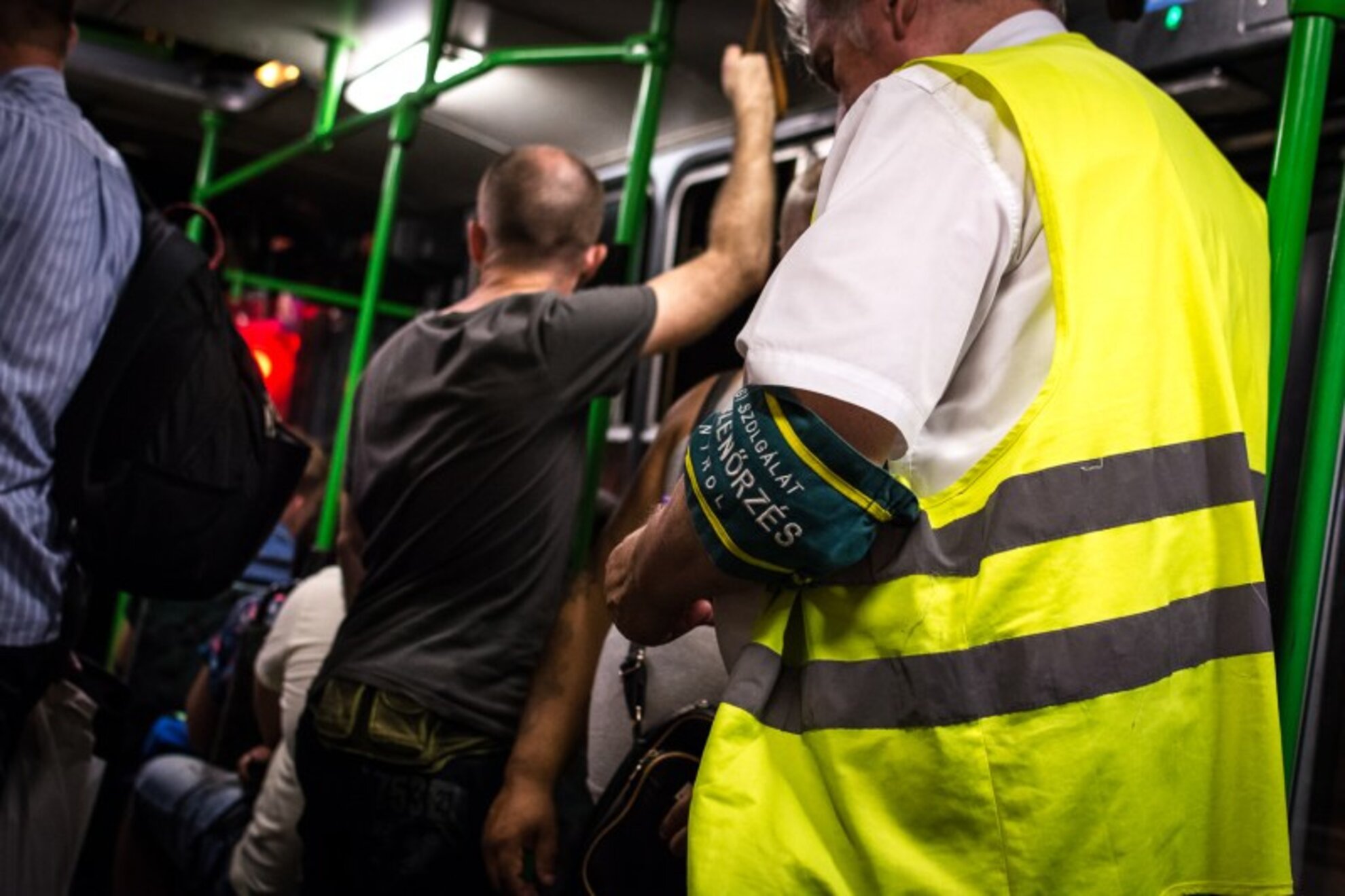
The public vehicles operated by BKV have certainly changed over the past half-century – in the years after the company was established, Hungary’s own Ikarus bus manufacturer not only supplied Budapest with most of its coaches and trolleybuses, but also exported them to other communities throughout the Eastern Bloc. Soviet-made rolling stock still appears on the M3 metro today, but those subway cars are in the process of being refurbished concurrently with the line’s renovation.
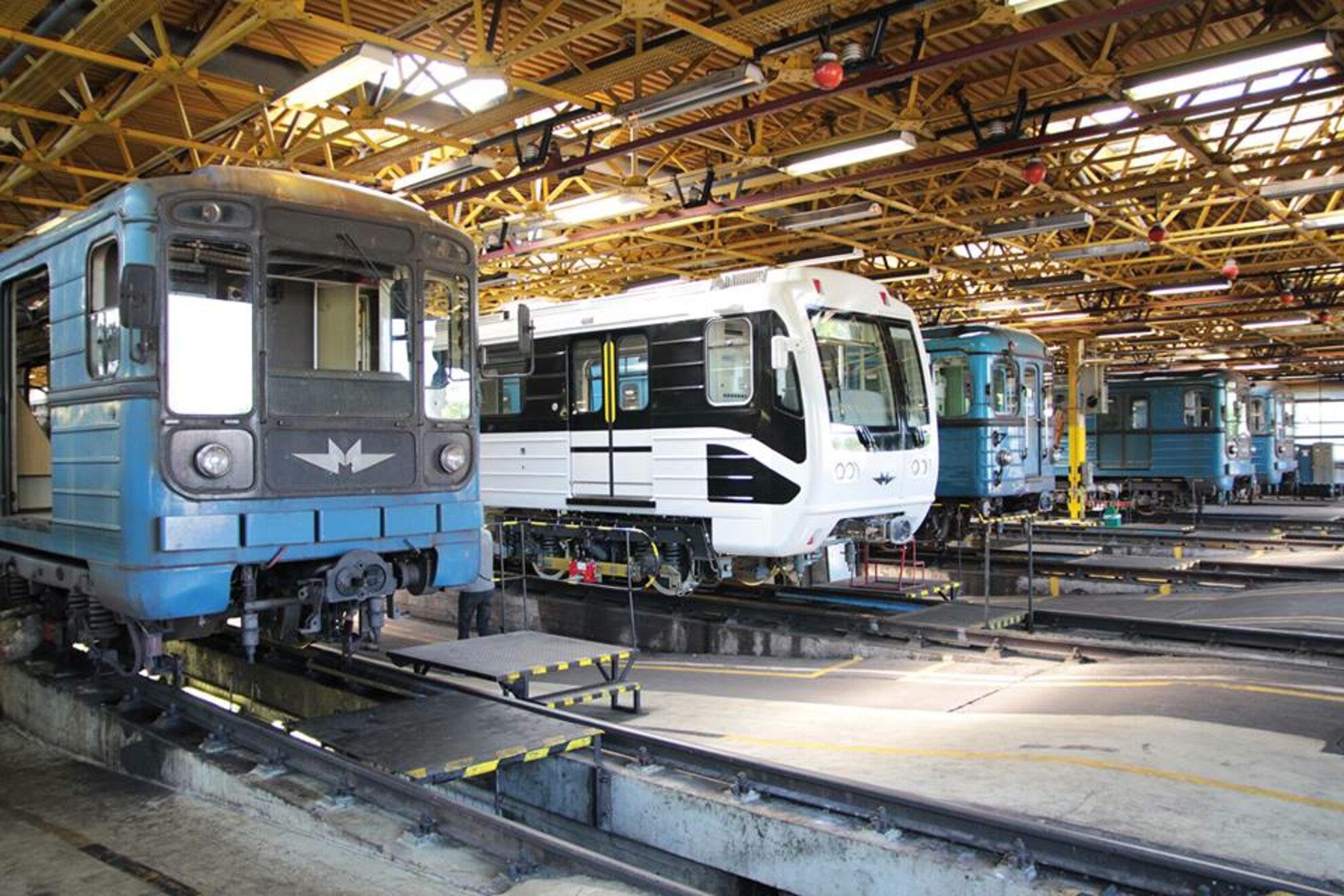
Nowadays the newest BKV-operated vehicles include the world’s longest trams by Spanish manufacturer CAF (who recently agreed to produce 26 more trams for Budapest), along with state-of-the-art conveyances such as the Volvo 7900A electric-hybrid articulated bus and fully automated Alstom Metropolis subway trains that operate without a driver on metro line M4.
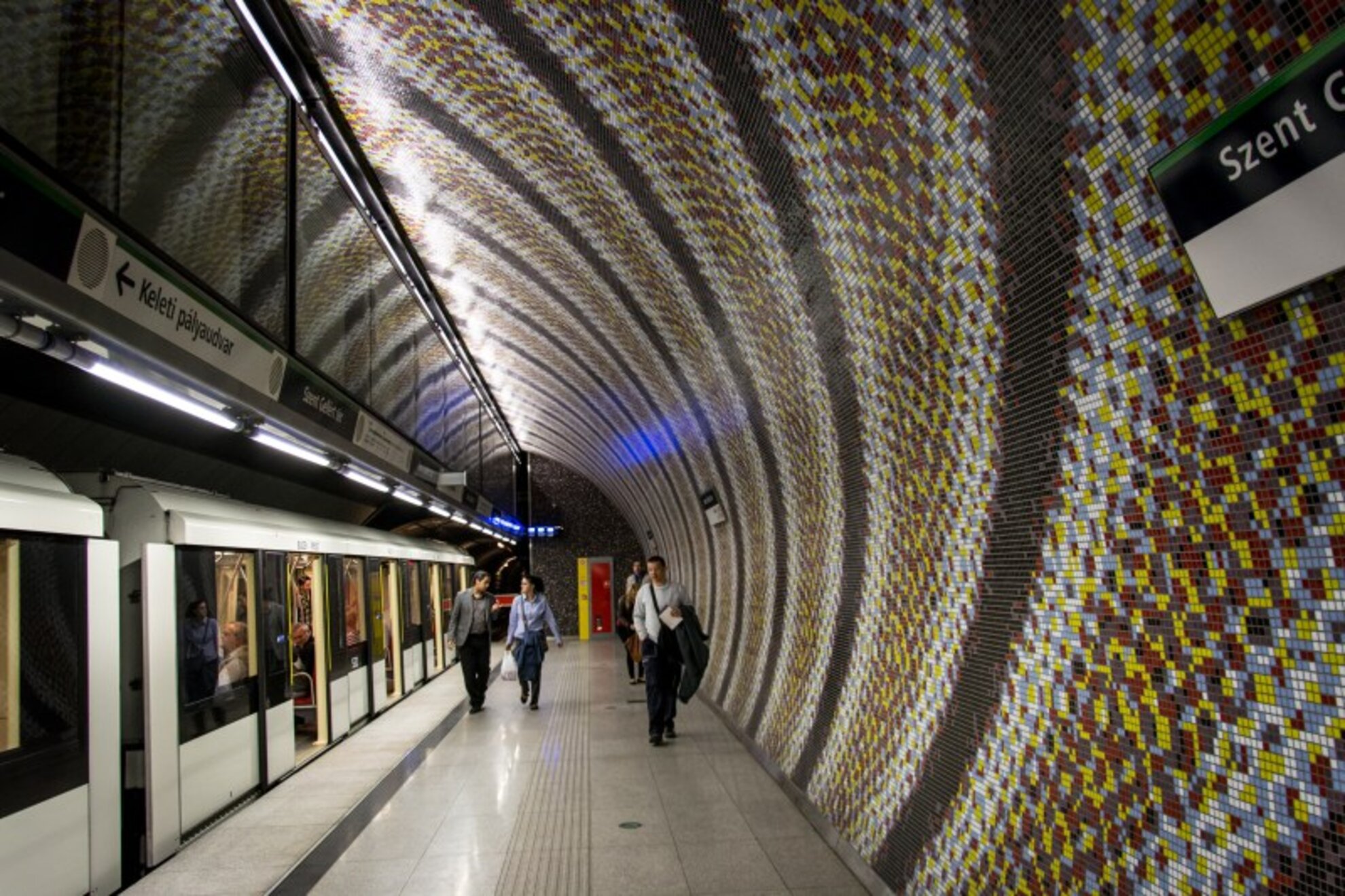
In 2010, the city’s public-transportation responsibilities were divided with the creation of the BKK agency, which now oversees BKV amid a complex bureaucratic setup. However, along with retaining day-to-day operations of mass-transit vehicles and running the M1 metro museum, BKV utilizes its decades of experience in maintaining various international vehicles to oversee Budapest’s beloved nostalgia fleet, including several century-old trams (which are festooned with festive lights at Christmastime), the world’s last Ikarus 630 convertible bus, and a ferryboat plying the Danube since 1895 – and the public is welcome to board any of these vintage rides during special occasions.
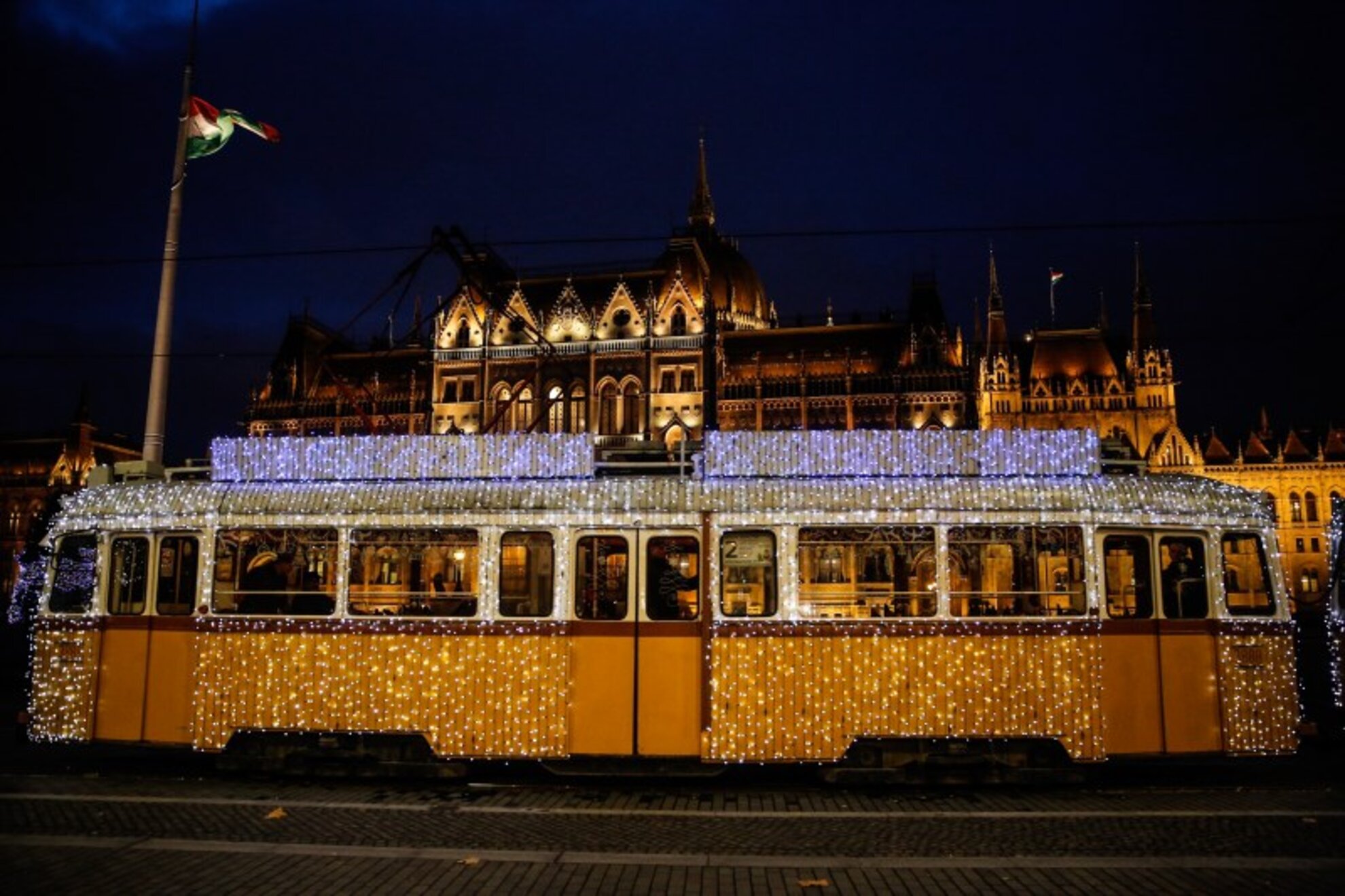
Furthermore, BKV also operates Budapest’s popular Funicular (taking passengers up a steep railway from Clark Ádám Square to the Buda Castle) and the chairlift soaring up to the peak of the Buda Hills, along with the entire ferryboat fleet that provides city visitors with a low-cost sightseeing option.
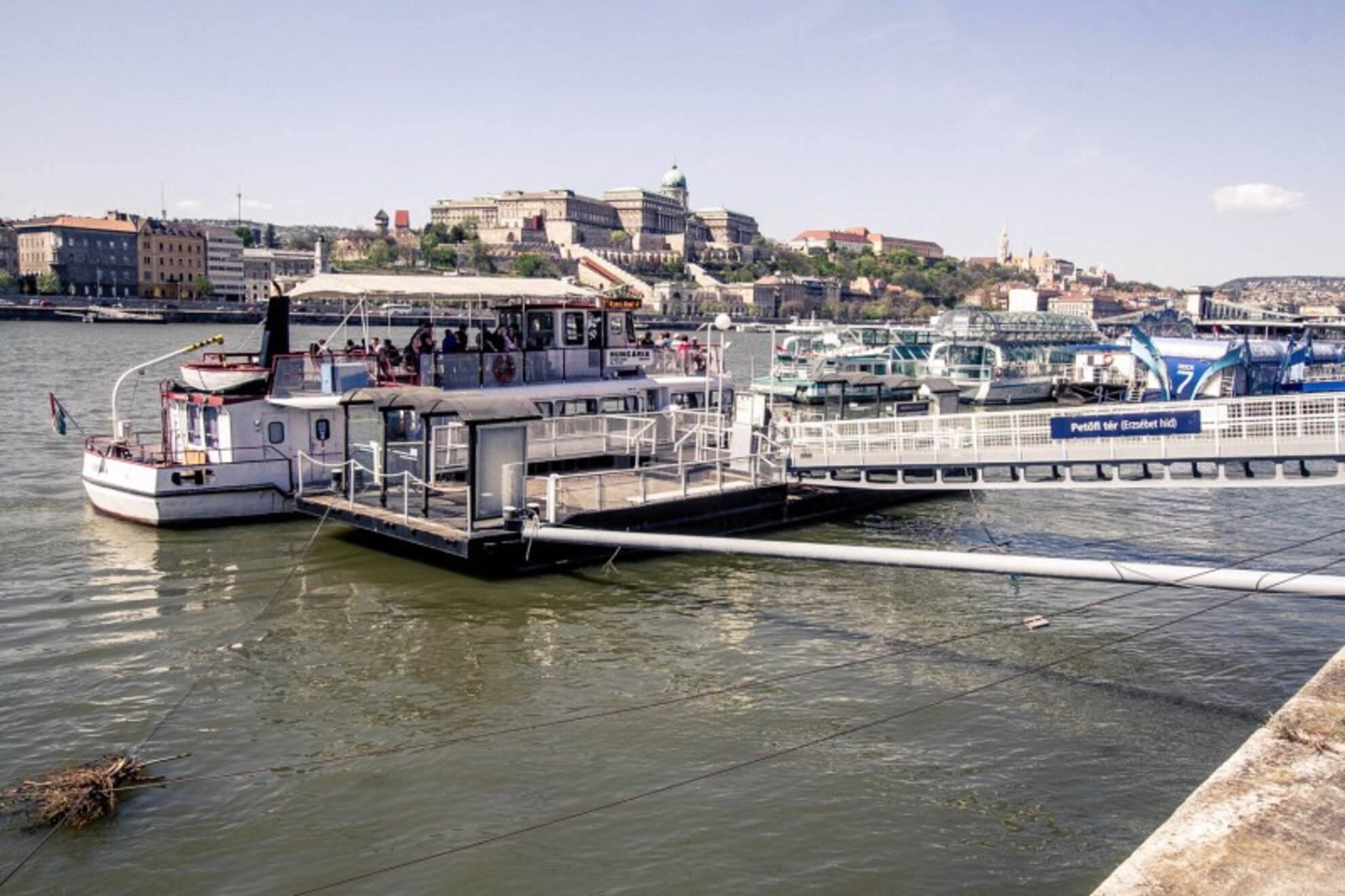
So whether you’re boarding a futuristic electric minibus heading up to the Castle District’s historic sights, or staggering onto a rumbling old Ikarus night bus after partying in the ruin pubs, you are following in the footsteps of generations served by BKV’s faithful fleet. For more information about BKV’s 50th anniversary celebrations, check out the agency’s official website.
